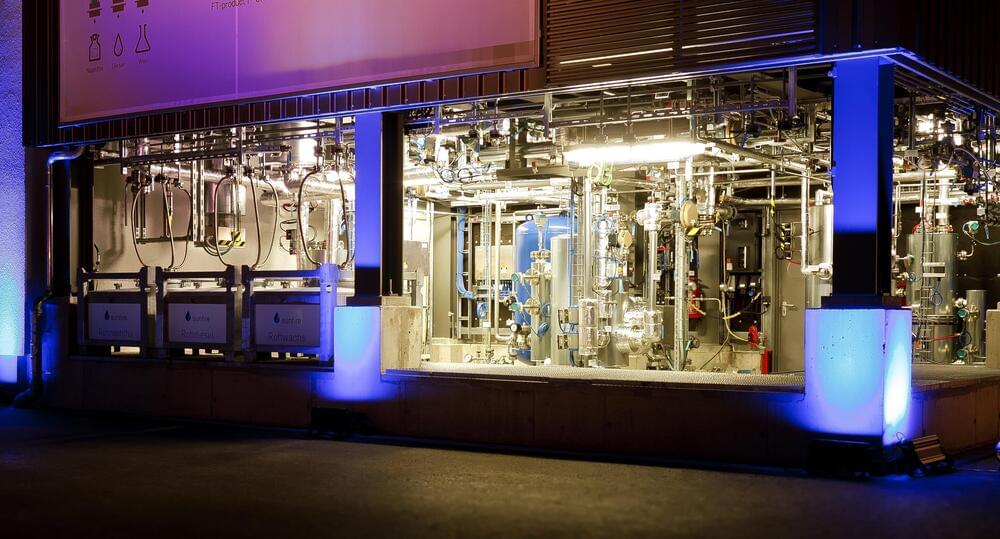Axiom-1 comes home.
The Axiom-1 private space mission returns from its historic International Space Station trip. Plus: Researchers link income inequality with land protection.


A major challenge for producers of electricity from solar panels and wind turbines is akin to capturing lightning in a bottle. Both solar and wind increasingly generate electricity amid little demand, when market prices are too low to cover costs. At noon on sunny days, for example, wholesale power prices in areas with high quantities of solar and wind occasionally fall below zero.
Some renewable energy producers store their excess electricity as green hydrogen, using the electricity to produce hydrogen from water—labeled “green” because the process emits no carbon dioxide. Used to create fuels, fertilizer, and other chemicals, the global hydrogen market is about $125 billion, and it’s growing briskly in part due to increased interest in hydrogen as a fuel for buses, trucks, and even ships. The problem is that producing hydrogen with electricity remains fairly expensive, so it’s only profitable to sell at the higher prices paid by lower-volume customers.
But now, researchers at Stanford University and at the University of Mannheim in Germany have found a possible solution: integrated reversible power-to-gas systems that can easily convert hydrogen back to electricity when power prices spike higher.

Micronovae are about 1 million times less bright than a classical nova, says Scaringi, lasting just half a day, compared with several weeks for novae.
The brevity of the events meant they had previously been missed, but TESS was able to spot them during its around-the-clock observations of the galaxy in search of exoplanets. Three were seen up to 5,000 light years from Earth, with the white dwarfs brightening temporarily before dimming again.
The exact mechanism behind the explosions isn’t clear, but it is thought they may be caused by hydrogen accumulating at the poles of the star – perhaps as much as the mass of an asteroid in just 100 days. Eventually, the hydrogen reaches sufficient temperatures and pressures to ignite fusion and cause a localised thermonuclear explosion that releases as much energy as the sun would in a day.


A 3D printer that uses lasers to build up an object in any order, rather than layer by layer, could produce more advanced designs than is currently possible.
Existing 3D printers work by depositing layers of a plastic filament from a nozzle or by curing layers of resin with UV light. In both cases objects are built up one layer at a time, meaning that overhanging parts of a structure – the outstretched arms of a model human, say – must be propped up by temporary supports until printing is complete. These supports must then be carefully removed manually.
To get around this, Dan Congreve at Stanford University in California and his colleagues created a 3D-printing system that involves focusing a red laser at a particular point in a pool of resin. The resin is impregnated with particles 80 nanometres wide that convert red light into blue once the light hits a certain energy threshold, which only occurs at the point where the red laser is precisely focused.




This kind of data can help uncover how the structure and organization of the brain give rise to behavior, emotion and cognition, in sickness and in health.
Learn More.
The Neuro-Network.